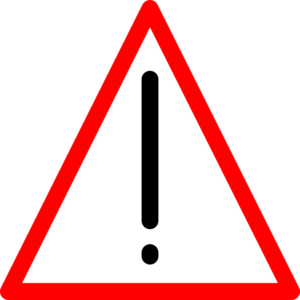Side effects of T3 and T4
Introduction
Whenever the thyroid gland releases the thyroid hormones – Triiodothyronine (T3) and Thyroxine (T4) into the bloodstream, the hormones work to carry out a number of functions. T3 and T4 help to control the body’s rate of metabolism and these hormones can either keep increasing the metabolic rate or exceedingly slow it down.
Ideally a normal metabolism is preferred, but when the levels of T3 and T4 is high in the body, a condition known as hyperthyroidism, the rate of metabolism is faster. Alternatively, when the level of T3 and T4 in the body is lower than normal, then the rate of metabolism is slowed down. This condition is known as hypothyroidism.
A person will experience side effects when their T3 and T4 hormones levels are higher or lower than normal. This post highlights these side effects while also providing information on the effects of a normal T3 and T4 hormone level in the body

Effects of Normal T3 and T4 Levels
The thyroid gland is part of the endocrine system and a couple of other glands located in the brain, namely; the pituitary and hypothalamus are responsible for regulating both the T3 and T4 hormones to a normal level. When both the Triiodothyronine and Thyroxine levels are at a normal level they help to regulate many functions in the body.
Apart from the metabolic rate, a normal T3 and T4 hormone level will also regulate the body’s rate of breathing, heart rate, menstrual cycle, body temperature, muscle strength, cholesterol level, peripheral and central nervous system amongst others.
On the other hand, a heightened or decreased level of T3 and T4 hormone will cause a number of side effects as seen below;

Side Effects of Excessive T3 and T4 Hormones in the Body
Too much Triiodothyronine and Thyroxine in the body leads to a condition called Hyperthyroidism as stated earlier. Some of the side effects of having too much T3 and T4 in the bloodstream include:
- Irritability,
- Anxiety,
- Moodiness,
- Sweating,
- Nervousness,
- Sensitivity to hot temperatures,
- Shaking or trembling hands,
- Irregular menstrual cycles, and
- Hair loss.
In a situation where there is a lower than normal level of Triiodothyronine (T3) and Thyroxine (T4) hormones coursing through the bloodstream (Hypothyroidism), some of the sides  effects may include:
effects may include:
- Restlessness,
- Insomnia,
- Fatigue and tiredness,
- Dry/flakey scalp and skin,
- Pain in the muscles and joints,
- Cold temperature sensitivity,
- Depression,
- Irregular menstrual cycles occasioned by heavy periods, and
- Difficulty in maintaining focus for any length of time.
Note that whenever the level of T3 and T4 in the bloodstream is low, the pituitary gland acts by releasing extra Thyroid stimulating hormone (TSH) which instructs the thyroid gland to generate more T3 and T4 hormones.
Alternatively, where the levels of T3 and T4 in the body is high, the body’s pituitary gland will release a lower amount of TSH which instructs the thyroid gland to reduce the production and release of both T3 and T4 hormones into the bloodstream.

